5 Years Since Sandy: Coney Island’s Community Hospital Then And Now
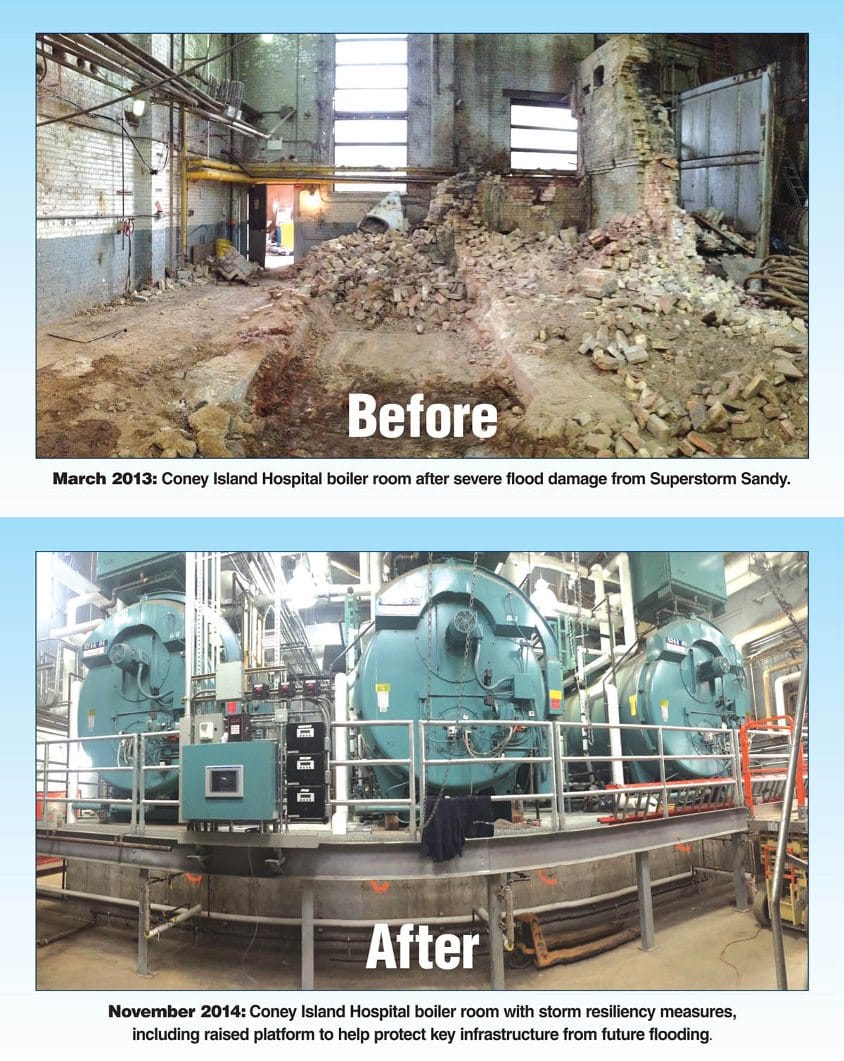

CONEY ISLAND – When disasters strike, community hospitals become more important than ever – it’s where neighbors know to go for help, where the pharmacy has life-saving medications when all the others are closed, and, where we hope the lights will not go out again.
NYC Health + Hospitals/Coney Island (Hospital) was badly destroyed during Superstorm Sandy.
Hurricanes this year have not been kind to the southern states, making us think about how much (or little) has changed since Sandy hit our shores. Southern Brooklyn stepped up and has been sending supplies to help Puerto Rico rebuild, but the windy weather outside makes us wonder – just how ready are we, and our hospital, should another storm strike?
To answer the latter question, we talked with two men who were working that night at NYC Health and Hospitals/ Coney Island – Dr. Terence M. Brady, Hospital’s Associate Chief Medical Officer and the Director of Medical Education, and Joseph Marcellino, the Associate Director of Emergency Management at the Hospital.
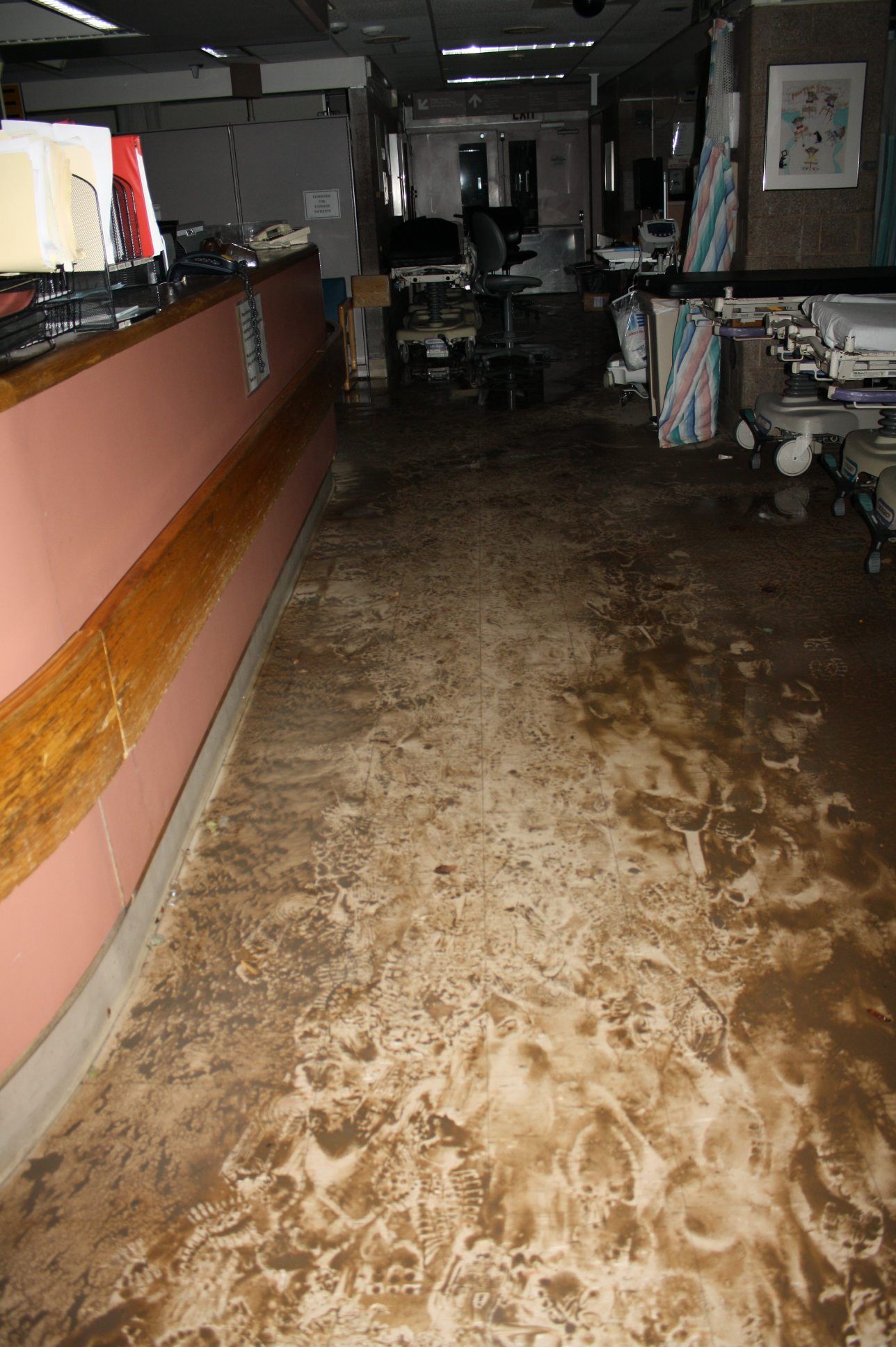
Flashback. October 29, 2012.
Dr. Terence M. Brady, MD, remembers every minute of the powerful storm.
The day started off pretty benign, he recalls. There were some rain and some wind, but nothing extreme. To him, “it was just another day at the hospital.” But suddenly early evening, everything took a 360-degree turn.
“The ocean just kept coming up Ocean Parkway; it was appropriately named that evening,” Brady says. “Water started coming from everywhere. I remember checking the entire hospital.”
“Ocean Parkway was the ocean, and it [water] started to come in the old main lobby, which is now our ambulette lobby. Water started coming into the parking lot, and then in through the doors.”
At that point, there were 21 patients situated in the emergency room. All of them had to be moved. “We wheeled them from the emergency room to the Tower Pavilion through about two to three inches of water on a stretch of wheels,” Brady said.

The Tower Pavilion is the inpatient building. A day before, sicker patients and those on respirators that needed electrical current were evacuated and moved to the Tower Pavilion. Once the patients were transferred, the lights went out – it was early evening.
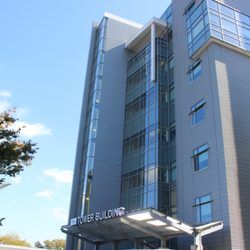
There was absolutely no source of light. The generators were shut down as preventive measures, and the storm was raging on outside. The doctors and administrators used flashlights and headlamps to navigate the hospital until the water subsided and the emergency generator was turned on a few hours after midnight.
“You put your hand in front of your face, you couldn’t see a thing. Zero. There was no light outside coming in, no moonlight, nothing,” Brady said. “There was no ambient light anywhere. Without flashlights and without headlamps, you were pretty much not going anywhere.”
And as if things couldn’t get worse, they did.
During the evening, a car went on fire in the parking lot. According to Brady, water began to come up from underneath the car, which must have shorted out something, then became in contact with grease, which could have caused the car to burn.
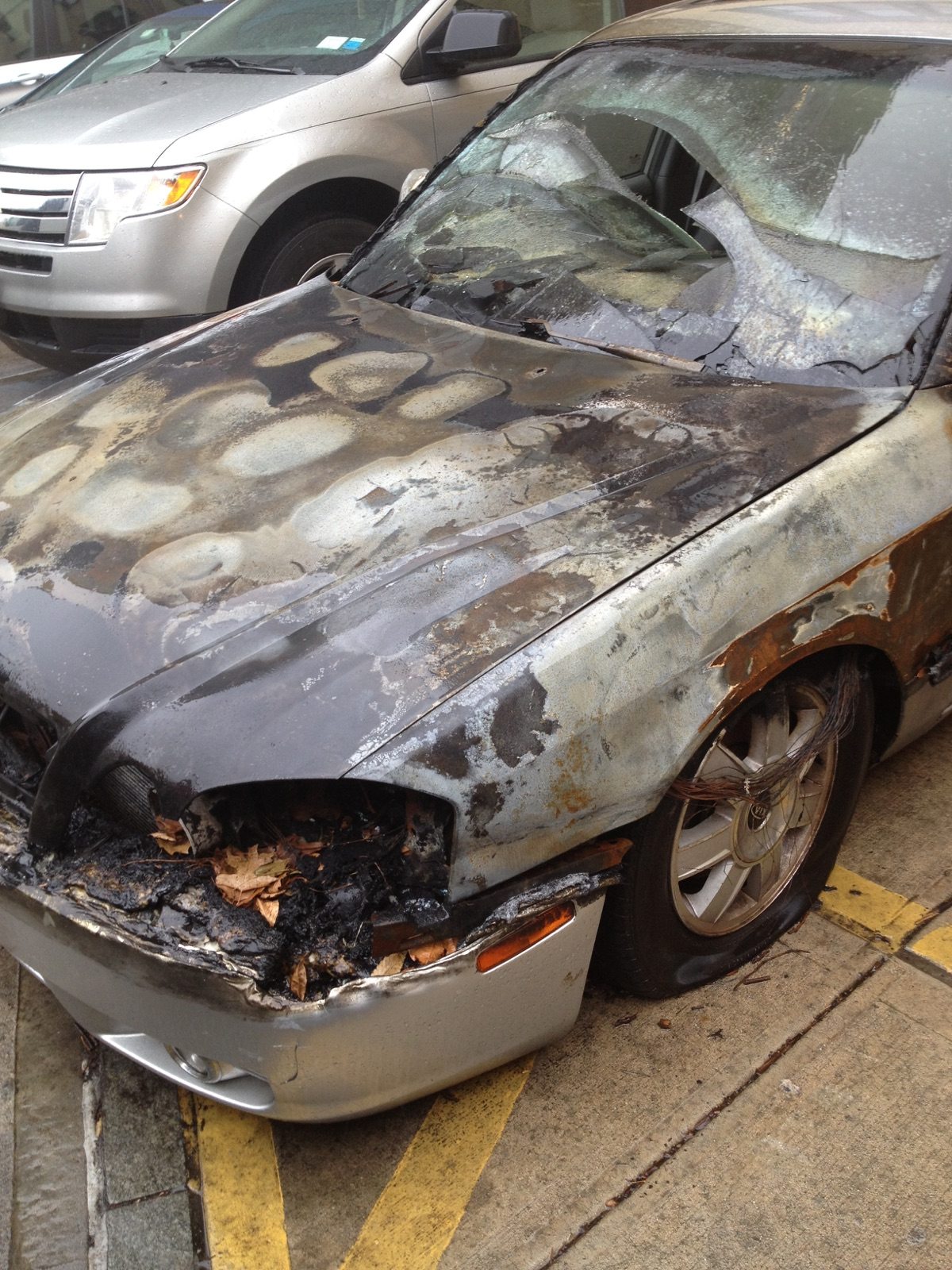
“When there is no power inside the building, there’s no light, and all you’re smelling is smoke coming in the building, that’s really scary for both staff and patients,” Brady said.
Eventually, things got better, and at the end of the storm, there were zero deaths at the hospital.
Brady believes the doctors and staff did a phenomenal job, working, even though their own homes were flooded. About 48 hours later, the hospital was providing emergency services again.
The most important thing was the hospital’s pharmacy. “We are the community hospital for Coney Island,” Brady said. “None of the pharmacies were open. So people brought their prescriptions to be filled at this hospital.”
Plan – Prepare – Drill
Joseph Marcellino is the Associate Director of Emergency Management at the Hospital. He was also working the night of Sandy, making sure everyone and everything was coordinated swiftly.
“As an emergency manager, you’re always planning and preparing for situations,” Marcellino said. “We have a coastal storm plan and protocols, and we implement those protocols to support whatever the situation is.” You have to plan, and prepare for emergencies, as well as for the response and have effective communication with your staff.
“We are very fortunate here because not only did we have the appropriate concise plans, but we also drilled,” Marcellino said of Hurricane Sandy. “We’re continuing to do exercises and evaluations and reviewing the strategies to ensure that in case a situation does happen, or if it does not happen, we’re prepared for it either way.”
https://www.youtube.com/watch?v=5E_HYZ27SNU
Any type of emergency event comes down to two things, according to Marcellino: the coordination of resources and the individual’s understanding of what the responsibilities are.
“Here it is, your hospital is having a critical emergency because of a weather event, everybody is stepping up to the plate, everybody is maintaining coordination and continuity, and people are going above and beyond to ensure that everyone’s taken care of and more importantly the patients,” Marcellino said.
Though Marcellino believes the staff was prepared, he still continues to develop the preparedness plan and update the procedures.
“Everyone’s always saying hospital, hospital, hospital.” The community hospital is more than that – it is part of the community. “People in the community look to the hospital for guidance, leadership, and support. They expect us to be there during terrible times. And so we develop that strong relationship with senior leadership, obviously with the community, and also with the people surrounding the community.”
Funding for Recovery and Resilience
In 2014, the NYC Health and Hospitals/ Coney Island received $923 million in FEMA funds that “include reimbursement for repairs to Hospital facilities for damage incurred during Hurricane Sandy, and funds for mitigation projects that will protect the hospital from the impact of future extreme weather.”
It was in addition to the $143 million the hospital had received “from FEMA for emergency stabilization measures, partial repairs, and temporary flood barriers.”

Though NYC Health and Hospitals/ Coney Island did have flood preventive measures before Sandy, they weren’t enough as the buildings were flooded. One of the many new flood preventive measures installed at the hospital is HESCO walls. This type of wall is also used for military fortification and is “made of a collapsible wire mesh container and heavy duty fabric liner.”
The walls are green and placed around the perimeter of the hospital. If a flood were to come, they would act as a barrier to prevent the water from coming in.
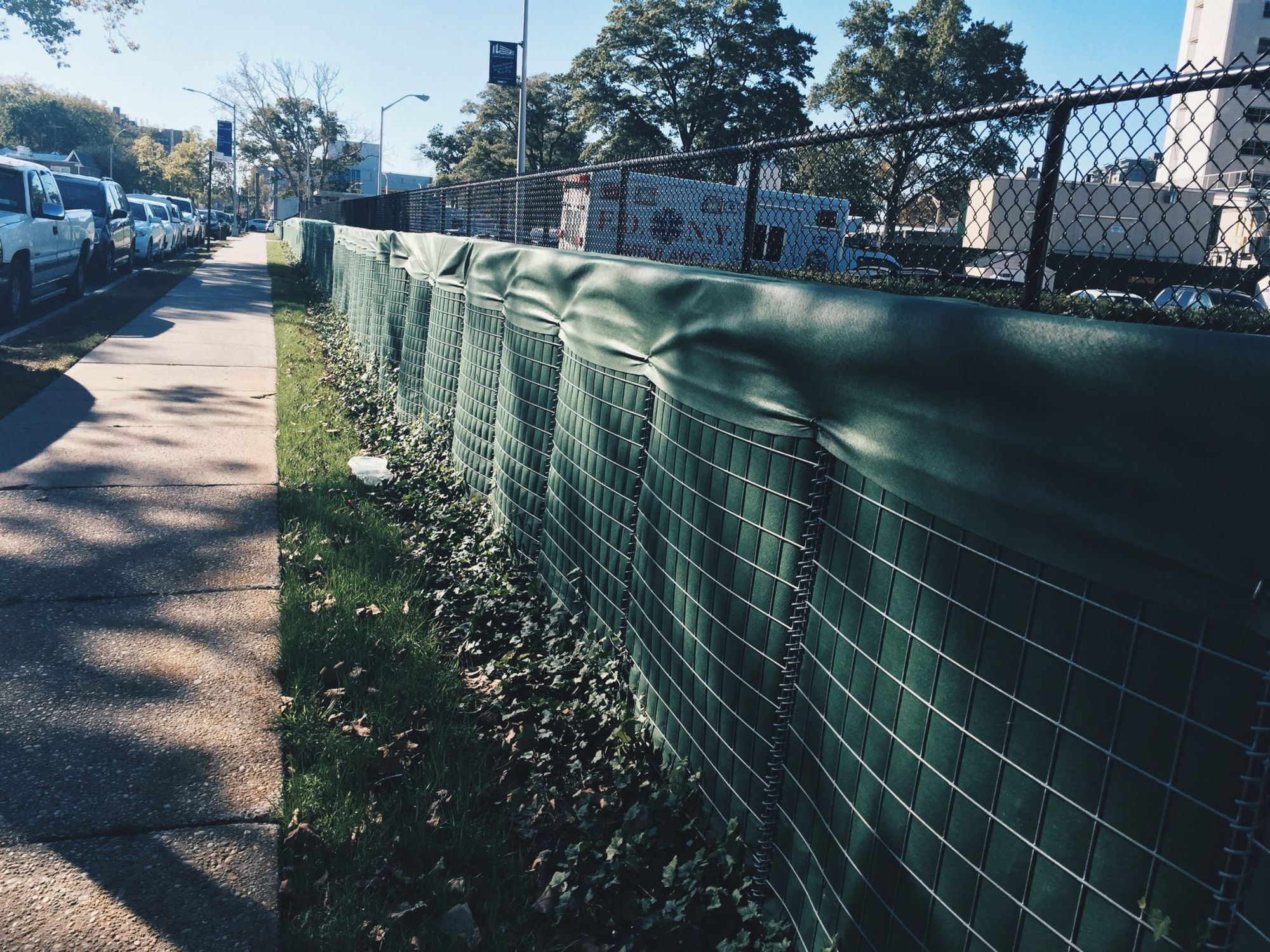
The Magnetic Resonance Imaging (MRI) machine is also now on wheels to make it easier to move out before a storm to avoid damage. Lots of other equipment has been raised up inside the hospital to withstand future storms and other emergency events.
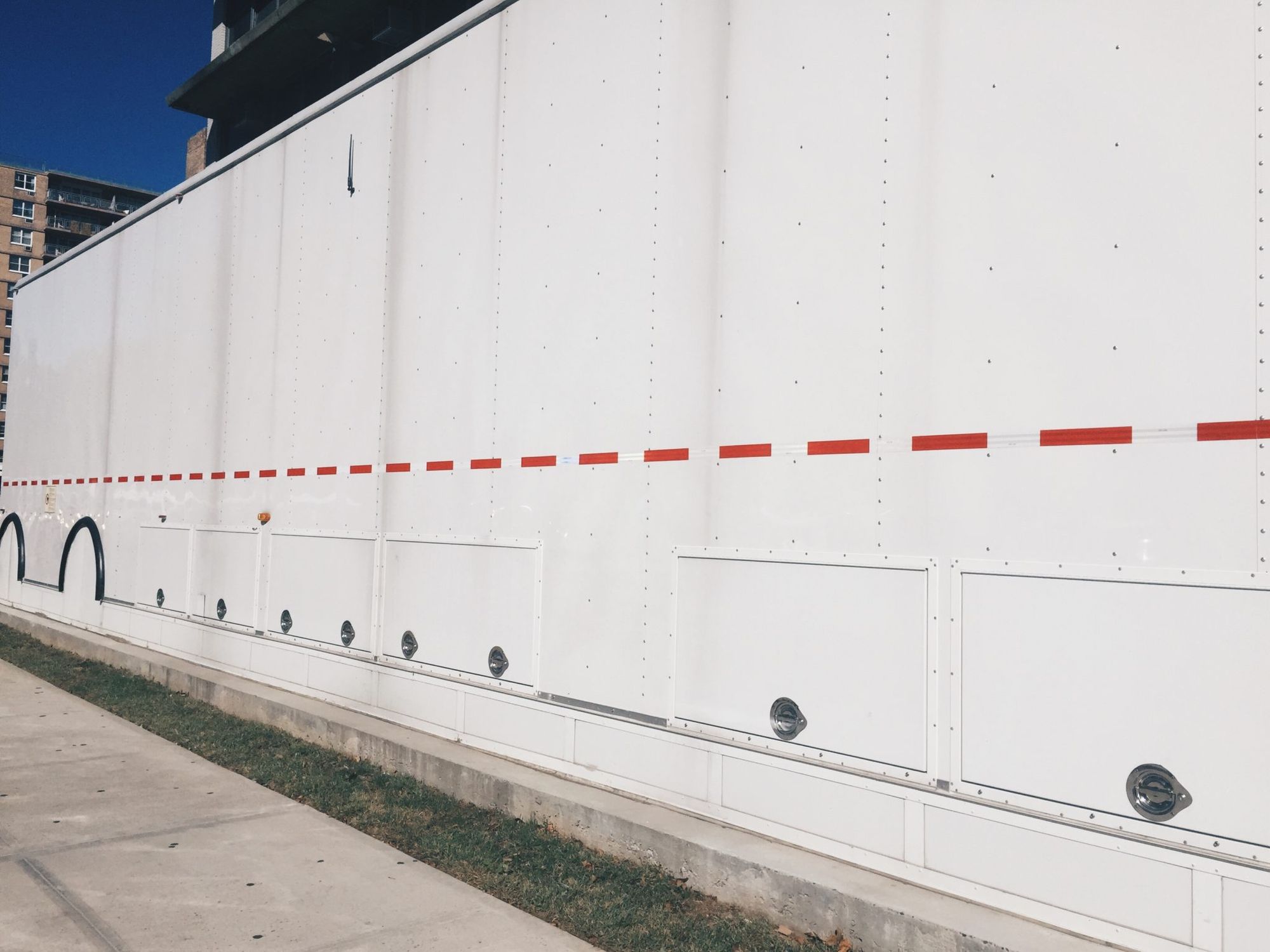
“A lot of our equipment did get destroyed in the hurricane. Most people don’t know this, but in the 50s, all the electrical equipment including the generator stuff was fed into the basement of hospitals,” Brady said. “Clearly, that wasn’t a good idea considering the fact that basements flood. So now, hospitals don’t have basements. Everything is included from the ground up.”
Amongst things that were improved, is better communication.
According to William Brown, the new Chief Executive Officer of NYC Health and Hospitals/ Coney Island, during the storm, phone services, cell phones, and the power went down. Now the hospital has battery operated radios to “communicate with the citywide incident management system,” he said.
“We’re very, very much better prepared in communications. Communication is very critical, and when you’ve got a void in communication, that’s when coordination of care and service becomes problematic,” Brown said. “We’ve worked with the outside agencies to ensure that we have a really good coordination of our activities should there be a future incident that needs to be addressed.”
“Look at the storms that places like Houston, and New Orleans, and then Puerto Rico got. The strength and magnitude of those storms are things we haven’t seen in previous years,” Brown said.

“It’s very important that we collaborate with our community partners as we’ve been doing, with the city and community organizations, to establish a defined preparedness plan for future emergencies. We’re very much in a better place than we were five years ago, should we need to withstand another hurricane of the force of Sandy.”
Brown assures us that the hospital has a clear preparedness plan should another storm come tomorrow. Staff and doctors have been receiving lots of training and are partaking in “ongoing real-life emergency scenarios on a regular basis,” he said.
“I like to say that we’re a lifeline for the communities we serve during emergencies. When you get heat waves or extreme periods of cold or snow or ice storms, we’re a community resource,” Brown said. “We exist to meet the needs of the community we’re privileged to serve.”



